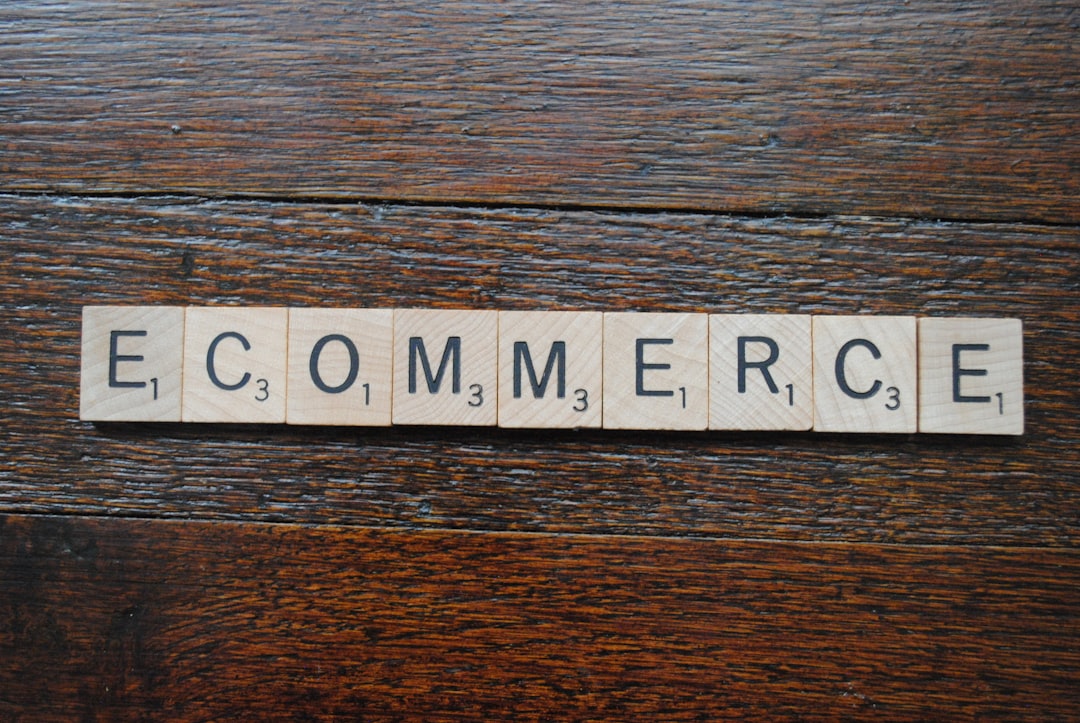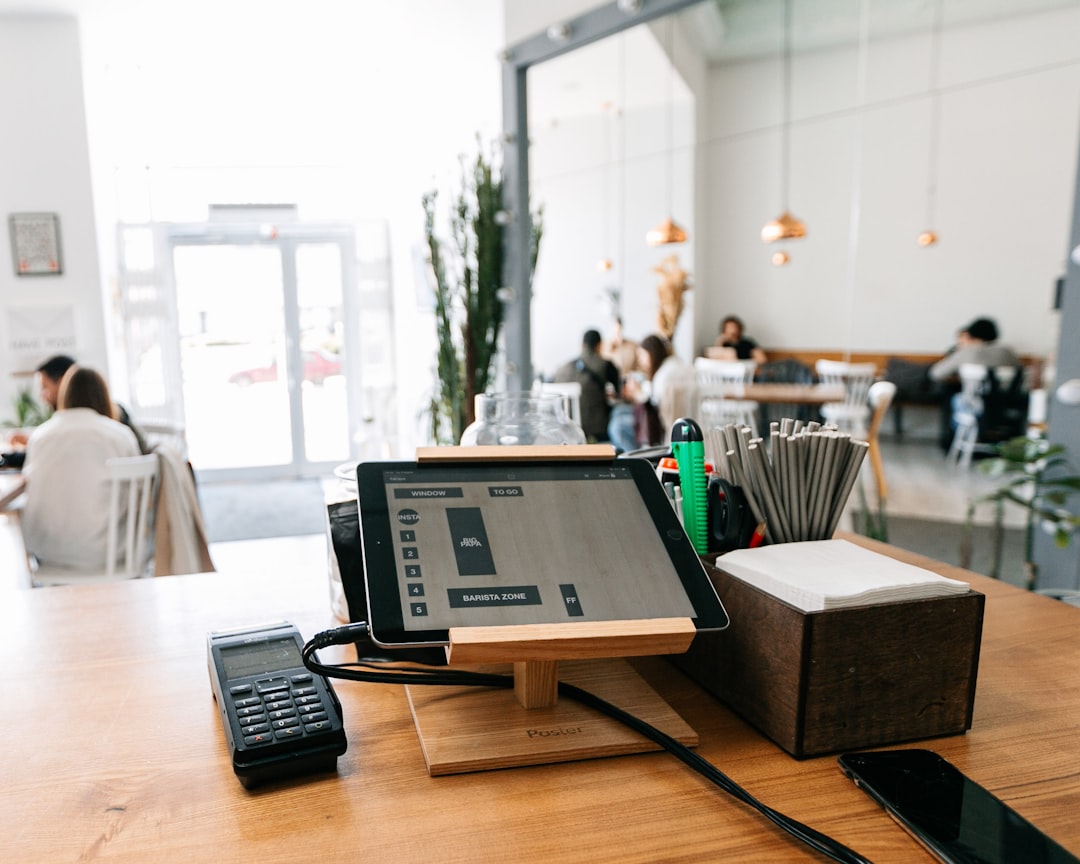AI-Driven E-Commerce Trends and Cross-Border Growth Strategies for 2025
Unlock the transformative potential of AI and cross-border markets to scale your e-commerce brand in 2025. From North America’s dynamic landscape to Europe’s dropshipping niches, combined with AI-powered product discovery and fulfillment automation, this guide delivers actionable strategies for competitive growth.
Key Takeaways
- Leverage AI-powered logistics and pricing to optimize US-Canada cross-border expansion
- Capitalize on Europe’s fragmented market via targeted, AI-driven dropshipping models
- Implement structured content ecosystems for enhanced AI-based product discovery and marketing
- Adopt AI-enabled fulfillment innovations including Virtual Multipacks and micro-warehousing
- Adapt to evolving grocery trends emphasizing private labels, social commerce, and wellness
- Stay ahead with Amazon seller strategies addressing new tools, policies, and operational excellence
Table of Contents
- Introduction: Unlocking AI and Cross-Border Expansion
- 1. North American Cross-Border Expansion
- 2. European Dropshipping Opportunities
- 3. AI’s Role in Retail Product Discovery and Marketing
- 4. Fulfillment Innovations and Logistics
- 5. Changing Consumer Grocery Behavior
- 6. Amazon Seller Updates and Strategies
- Conclusion: Building a Future-Ready Strategy
- FAQ
Introduction: Unlocking AI and Cross-Border Expansion in E-Commerce
E-commerce is experiencing a seismic shift fueled by artificial intelligence and the growing potential of cross-border markets. AI is revolutionizing marketing, engagement, and fulfillment processes, while cross-border growth—especially between North America and Europe—offers unprecedented new revenue streams. This post dissects key trends powering this transformation and lays out strategies for brands, digital retailers, and Amazon sellers ready to scale smartly and competitively in 2025 and beyond.
1. North American Cross-Border Expansion: Leveraging US-Canada E-Commerce Growth
Expanding simultaneously into the U.S. and Canadian markets presents a strategic advantage, tapping more than 400 million consumers with complementary dynamics.
United States Market Strengths
- Largest global base of online consumers
- Advanced logistics networks enabling rapid delivery
- Highly competitive environment across broad product categories
Canada Market Advantages
- Lower vendor saturation, easing competition
- Higher average order value in specific segments
- Strong demand for localized, premium experiences
Brands benefit greatly by managing joint storefronts or synchronized product listings and leveraging Amazon's Fulfillment by Amazon (FBA) cross-border services to streamline inventory positioning and reduce delivery times, which enhances customer satisfaction and operational resilience.
“Using AI-powered logistics and pricing optimization across US-Canada borders drives not just revenue but also efficiency and market insight.”
Key Strategies
- Optimize inventory with AI-driven allocation systems
- Standardize and structure product listings for broad marketplace visibility
- Utilize AI-assisted pricing models tailored to local demand and margin goals
2. European Dropshipping Opportunities: Capturing Underserved Niches
Europe’s e-commerce is fragmented with no dominant platform, creating prime conditions for dropshipping to specialized, country-specific audiences.
Why Europe is Ripe for Dropshipping
- Low Vendor Saturation: Niche products like eco-friendly items and curated home décor create first-mover advantages
- Advanced Fulfillment: Express logistics from China and within Europe enable efficient delivery with lean inventories
- Consumer Preferences: European buyers favor boutique, artisanal brands over mass-market products
Deploying AI tools helps rapidly adapt product mixes, form compelling bundles, and effectively manage supplier networks while minimizing upfront inventory risk.
Keys to Success
- Curate culturally localized and relevant product collections
- Invest in multilingual, AI-optimized content to enhance search visibility
- Leverage AI for demand forecasting and agile sourcing
This approach allows scalable penetration of diverse European markets with minimal capital requirements.
Discover more trends shaping the future of e-commerce here.
3. AI’s Transformational Role in Retail Product Discovery and Marketing
AI reshapes how customers discover products online, driving dramatically higher conversion rates with enhanced search and personalized marketing.
AI-Powered Product Discovery
- Platforms like ChatGPT and Perplexity enable user-friendly, conversational purchase journeys
- AI-native search can boost conversions up to 23x versus traditional methods
- Structured product content with detailed attributes and contextual cues is essential
- Holistic content ecosystems serve both human readers and AI algorithms seamlessly
Agentic AI in Marketing Operations
- Automates inventory forecasting and restocking triggers
- Enables real-time dynamic pricing based on demand elasticity
- Facilitates automated, budget-optimized campaign management
As AI handles routine tasks, human teams can focus on creative brand innovation and strategic oversight.
The Data Imperative
Success depends on clean, consistent, and comprehensive data. Organizations are establishing data governance roles and frameworks to maintain AI content quality and ensure accurate personalization.
Learn more about AI’s ecommerce impact here and explore future strategies here.
4. Fulfillment Innovations and Logistics: The AI-Driven Supply Chain Revolution
Meeting growing consumer demands for speed, flexibility, and affordability requires embracing AI and automation across supply chains.
Multi-Modal Fulfillment Options
- On-Demand Delivery: AI-optimized routing achieves same-day or near-instant dispatch
- Scheduled Delivery: Customer convenience with select time windows reduces failed drop-offs
- Micro-Fulfillment Centers: Compact, robotics-enabled hubs near urban consumers enable fast, cost-effective pickup
Robotics and Predictive AI
Ocado’s robotic micro-warehouses reduce space needs, boost fulfillment precision, and scale efficiently. Uber uses AI to tailor fresh shopping experiences within its “everything app” ecosystem.
Fulfillment Benefits
- Automation lowers fulfillment costs and labor dependency
- Predictive AI enhances stock availability and customer satisfaction
- Flexible networks improve delivery speed and reliability
Explore AI fulfillment trends here and strategic partnerships fueling growth here.
5. Changing Consumer Grocery Behavior: Private Labels, Social Commerce, and Wellness Trends
Economic pressures and shifting consumer values are reshaping grocery shopping from product choice to purchasing channels.
Economic and Policy Influences
- Inflation and reduced SNAP benefits heighten budget-conscious shopping
- Private label and discount brands gain share
- Increased use of digital coupons and loyalty rewards
Private Labels Redefined
Retailers are launching premium and wellness-oriented private labels, appealing to health- and quality-conscious consumers while driving margins.
Social Commerce Disruption
- Platforms like TikTok Shop boost impulse grocery purchases through shoppable videos
- Influencer-driven discovery enhances brand awareness
- AI trend monitoring enables rapid response to viral product demand
Wellness as Function
Focus has shifted from “clean” labels to functional benefits like improved mood, focus, and immunity, especially among younger, urban shoppers. Retailers such as Whole Foods combine wellness branding with competitive pricing and flexibility.
Discover more about grocery retail’s future and AI’s role here and here.
6. Amazon Seller Updates and Strategies for Operational Excellence
Amazon is continually evolving—sellers must adapt proactively to new tools, policies, and market conditions to protect margins and optimize listings.
Virtual Multipacks (VMPs)
Launching October 2025, VMPs allow sellers to bundle products digitally without new SKUs or added prep work. Early adopters can boost average order values and optimize logistics with grouped shipments and no inventory risk.
FBA Inbound Shipping Changes
February 2025 brings consolidated inbound shipping requirements that may increase fees. Precise planning and supplier coordination become essential.
FBA Storage Bidding
Sellers can now bid for FBA storage space, with accurate sales forecasting unlocking performance credits and potential free storage, creating logistics advantages.
Reimbursement Policy Updates
Amazon now reimburses lost or damaged inventory based only on wholesale value. Monitoring product costs and stock levels is crucial.
Best Practices for 2025
- Prioritize maintaining in-stock inventory over ad spend to protect rankings
- Monitor and address listing suppressions immediately
- Use data-driven diagnostics to respond swiftly to sales drops
- Diversify sales channels off Amazon for resilience and enhanced valuation
Find more Amazon tips at Virventures and explore advanced AI strategies here.
Conclusion: Building a Future-Ready E-Commerce Strategy with AI and Cross-Border Growth
Success in 2025’s e-commerce landscape will demand integration of AI across discovery, content, pricing, and fulfillment. Structured data governance, balanced agentic AI deployment, and synchronized cross-border execution are essential. Embrace AI-driven fulfillment innovations and capitalize on emerging consumer trends like social commerce and wellness to drive speed, agility, and profitability.
To thrive:
- Commit to AI-optimized, governance-backed structured content
- Thoughtfully deploy automation, maintaining human oversight and creativity
- Harmonize pricing, inventory, and content strategies across key markets
- Innovate fulfillment using AI and automation for competitive advantage
- Engage new channels including social commerce and functional wellness trends
With these priorities, brands can navigate 2025 confidently and secure lasting growth in an increasingly competitive digital marketplace.
Explore deeper insights and strategic solutions at Virventures.
FAQ
How can AI improve cross-border e-commerce logistics?
AI enhances cross-border logistics by optimizing inventory allocation, predicting demand fluctuations, and streamlining routing for faster, cost-efficient deliveries. AI-powered pricing models also adapt to local market conditions, increasing competitiveness while preserving margins.
What makes Europe ideal for dropshipping?
Europe's fragmented e-commerce markets lack a dominant platform, allowing niche-focused dropshipping sellers to tailor localized, culturally relevant offerings. Efficient express logistics and consumer preference for boutique brands further support dropshipping models with low upfront inventory risk.
What should brands focus on for AI-powered product discovery?
Brands need to develop structured, enriched product content optimized for AI parsing and human readability. Integrating detailed attributes, FAQs, and contextual messaging creates holistic content ecosystems that maximize AI-driven search and personalization effectiveness.
How will Virtual Multipacks impact Amazon sellers?
Virtual Multipacks enable sellers to bundle existing SKUs digitally without new inventory or prep. This feature increases average order value, allows flexible offer testing, and improves logistics by grouping shipments, reducing fulfillment risk and cost.
What are key fulfillment innovations brands should adopt?
Brands should embrace AI-driven multi-modal fulfillment including on-demand delivery, scheduled windows, and micro-fulfillment centers. Robotics and predictive AI improve accuracy, speed, and cost efficiency, enabling flexible networks that satisfy modern consumer expectations.






